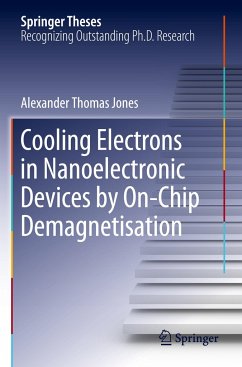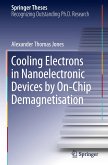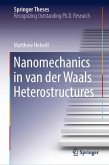This thesis demonstrates that an ultralow temperature refrigeration technique called "demagnetisation refrigeration" can be miniaturised and incorporated onto millimeter-sized chips to cool nanoelectronic circuits, devices and materials. Until recently, the lowest temperature ever reached in such systems was around 4 millikelvin. Here, a temperature of 1.2mK is reported in a nanoelectronic device. The thesis introduces the idea that on-chip demagnetization refrigeration can be used to cool a wide variety of nanostructures and devices to microkelvin temperatures. This brings the exciting possibility of discovering new physics, such as exotic electronic phases, in an unexplored regime and the potential to improve the performance of existing applications, including solid-state quantum technologies. Since the first demonstration of on-chip demagnetization refrigeration, described here, the technique has been taken up by other research groups around the world. The lowest on-chip temperatureis currently 0.4mK. Work is now underway to adapt the technique to cool other materials and devices, ultimately leading to a platform to study nanoscale materials, devices and circuits at microkelvin temperatures.








